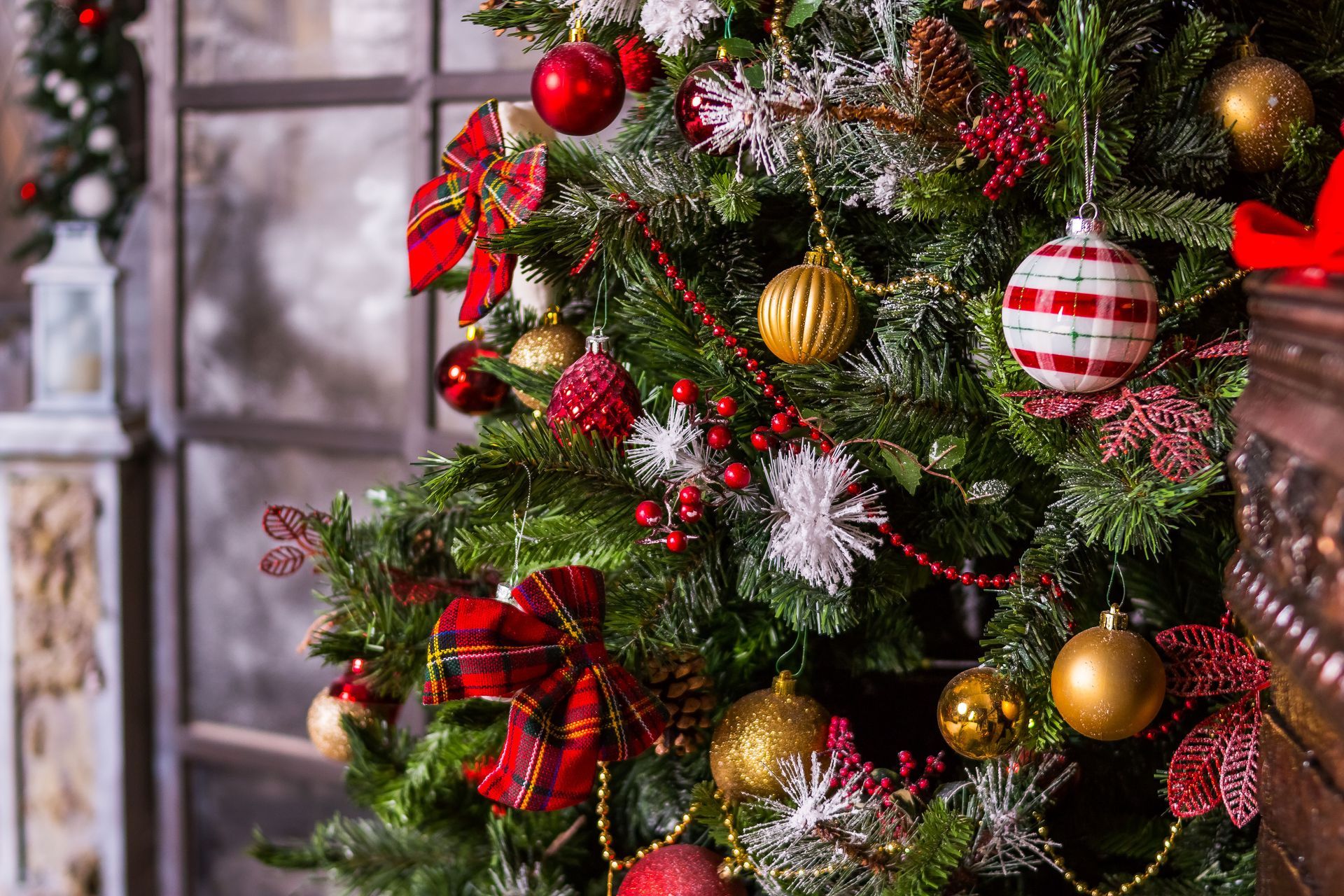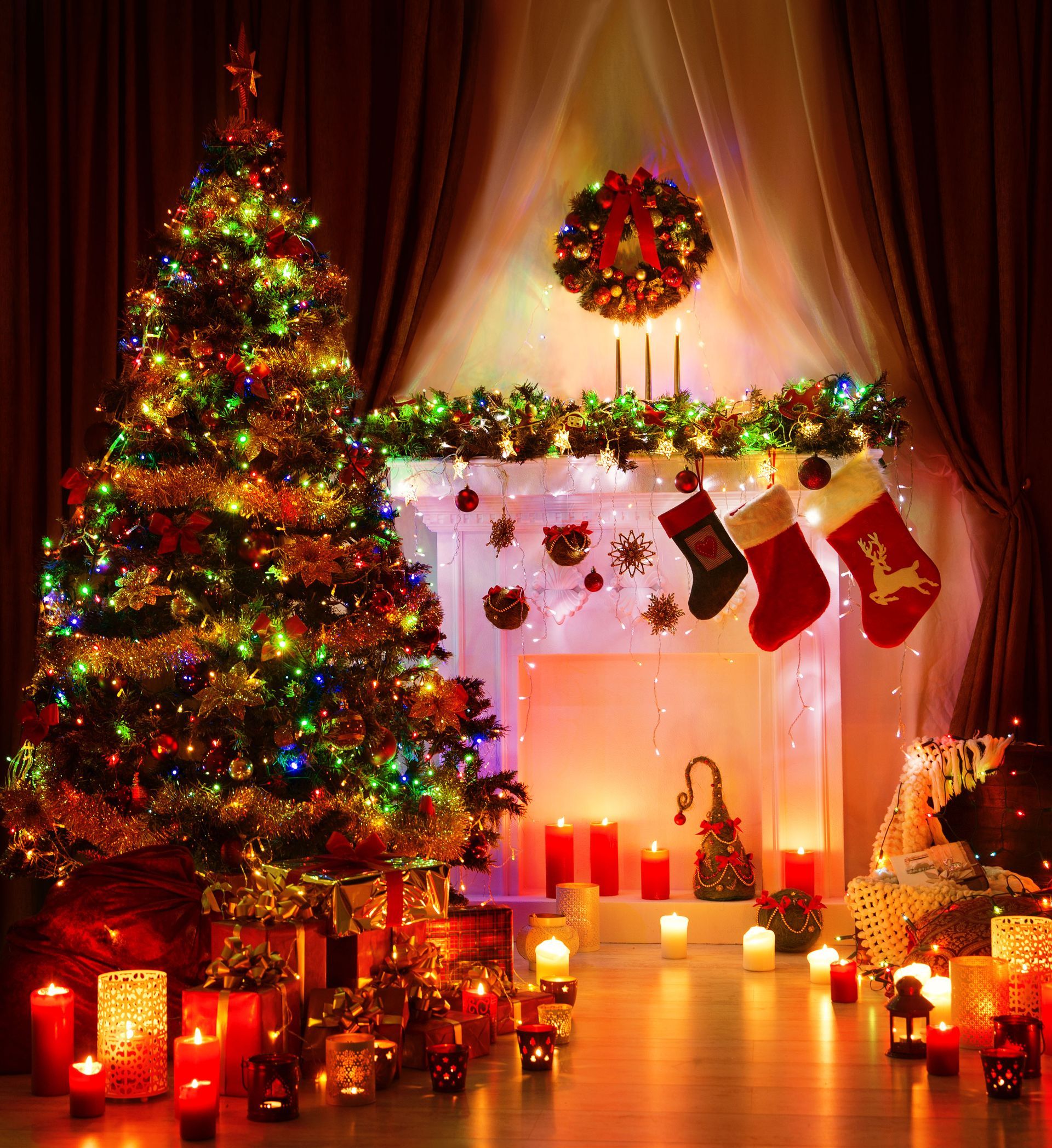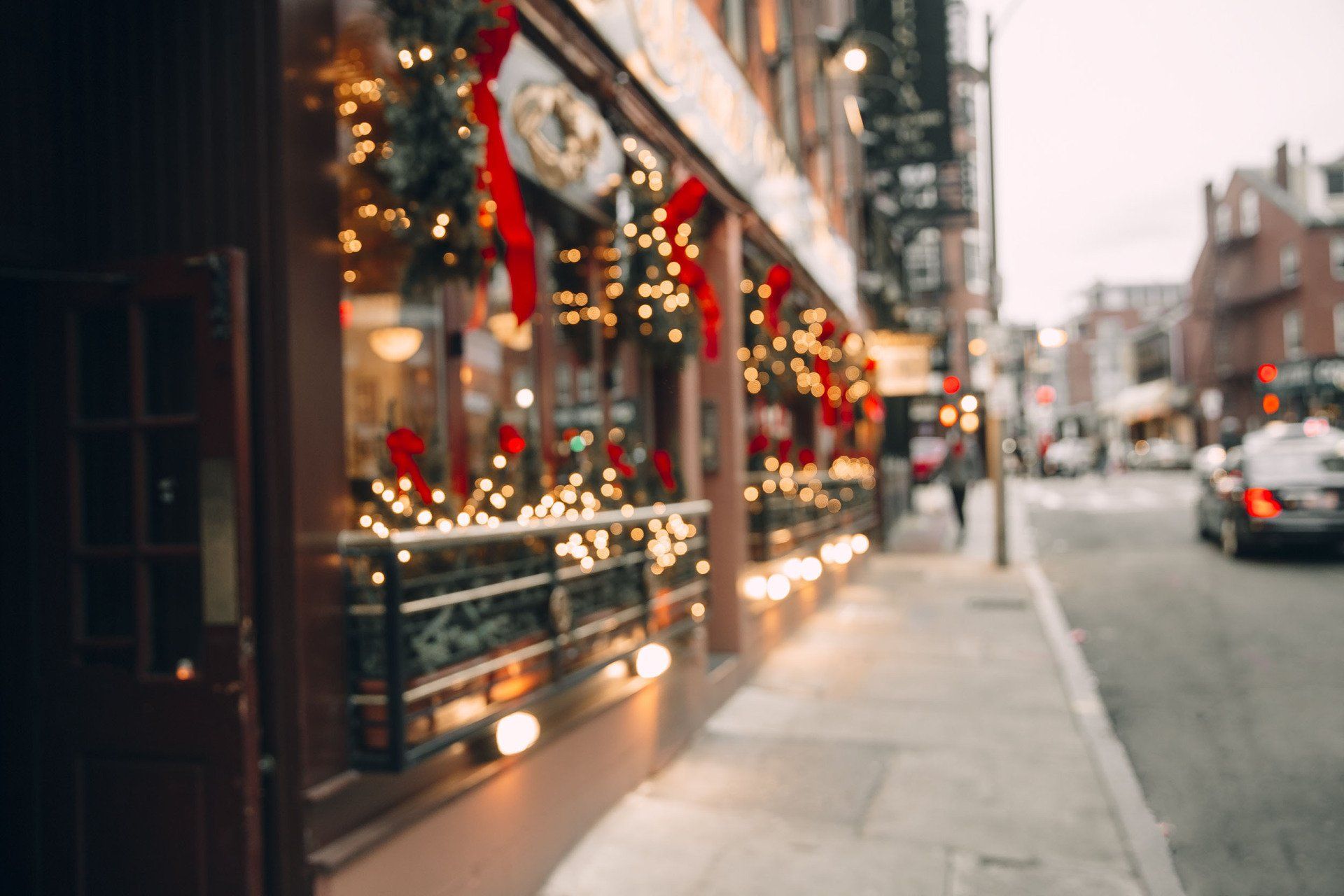You've probably seen or heard of the famous ballet known as "The Nutcracker." The play is actually based on the famous dolls that came from Germany! These charming and intricate wooden figures have a rich history and cultural significance that may surprise you. Here are four things you didn't know about German nutcrackers.
1. The Centuries of History
German nutcrackers trace their origins back several centuries. According to whychristmas?com, a site about Christmas traditions around the world, wooden nutcracker dolls have been used since the 1600s. The Leavenworth Nutcracker Museum, a national museum dedicated to nutcrackers, states that the first recorded instance of a carved wooden nutcracker in the shape of a soldier dates back to around 1760. These early designs often depicted soldiers, knights, and kings, reflecting the cultural and political influences of the time. The farmer was tired of shelling nuts one by one and wanted a faster solution, which resulted in offering a reward for a good design that could do so.
2. The Symbolism
Nutcrackers hold more than just practical value. They were also seen as symbols of good luck and protection. According to TimesRecordNews, in German folklore, nutcrackers were believed to guard homes and bring good fortune to the household. Some legends even suggest that these figurines possessed the power to ward off evil spirits. This symbolism led to the tradition of giving nutcrackers as gifts, especially during the Christmas season, to bring blessings and positive energy to the recipient's home.
3. The Design
One of the reasons why these dolls were highly sought after is due to their complicated engineering. Such engineering consists of a lever that allows you to open the doll's mouth and use it for nut cracking. In fact, the German Way & More, a guide to German traditions, states that one doll would consist of as many as 130 separate parts. Engineers perfected the design in the late 17th century.
4. The Craftsmanship
German nutcrackers are meticulously handcrafted by skilled artisans. These craftsmen use traditional techniques and materials, such as wood and vibrant paints, to create intricate and detailed figurines. Nutcrackers come in various sizes, from small ornaments to large, elaborately designed pieces. Collecting nutcrackers has become a passionate hobby for many enthusiasts, with some rare and antique pieces fetching high prices in the market.
A German nutcracker shop is certainly a place with a special history. From their historical origins to their symbolism, these wooden figures have captured the imagination of people worldwide. Whether you're drawn to their craftsmanship, historical connections, or their role in popular culture, pay a visit to North Pole City's
German nutcracker shop today.







Share On: